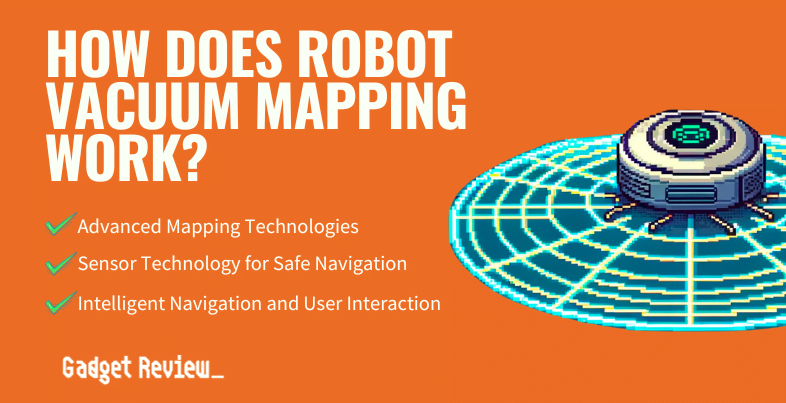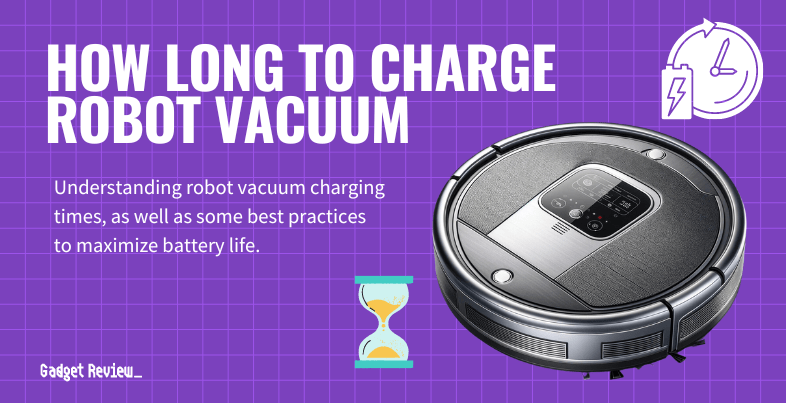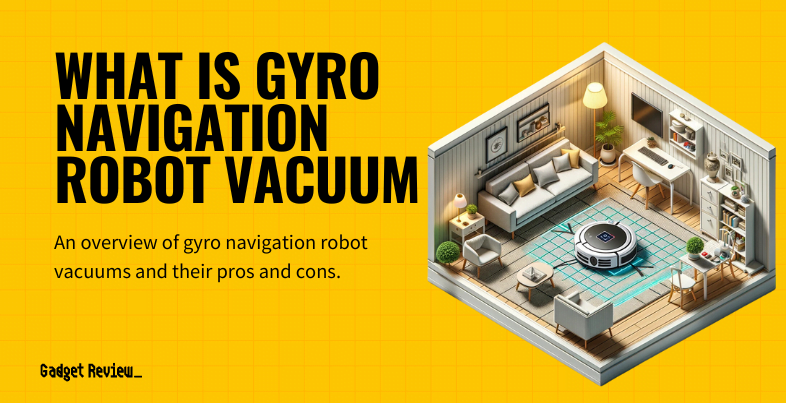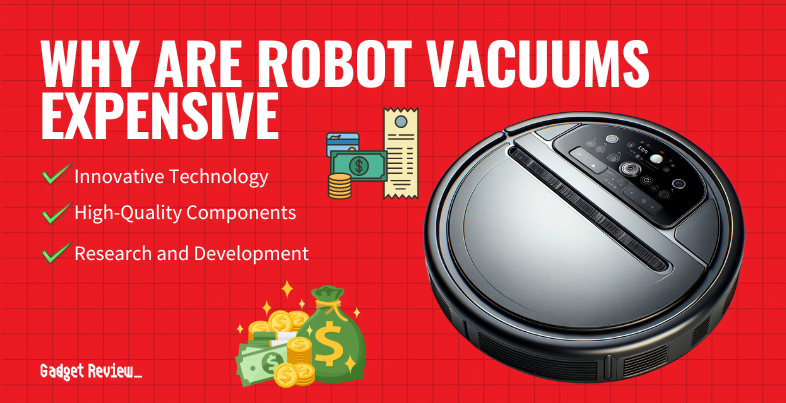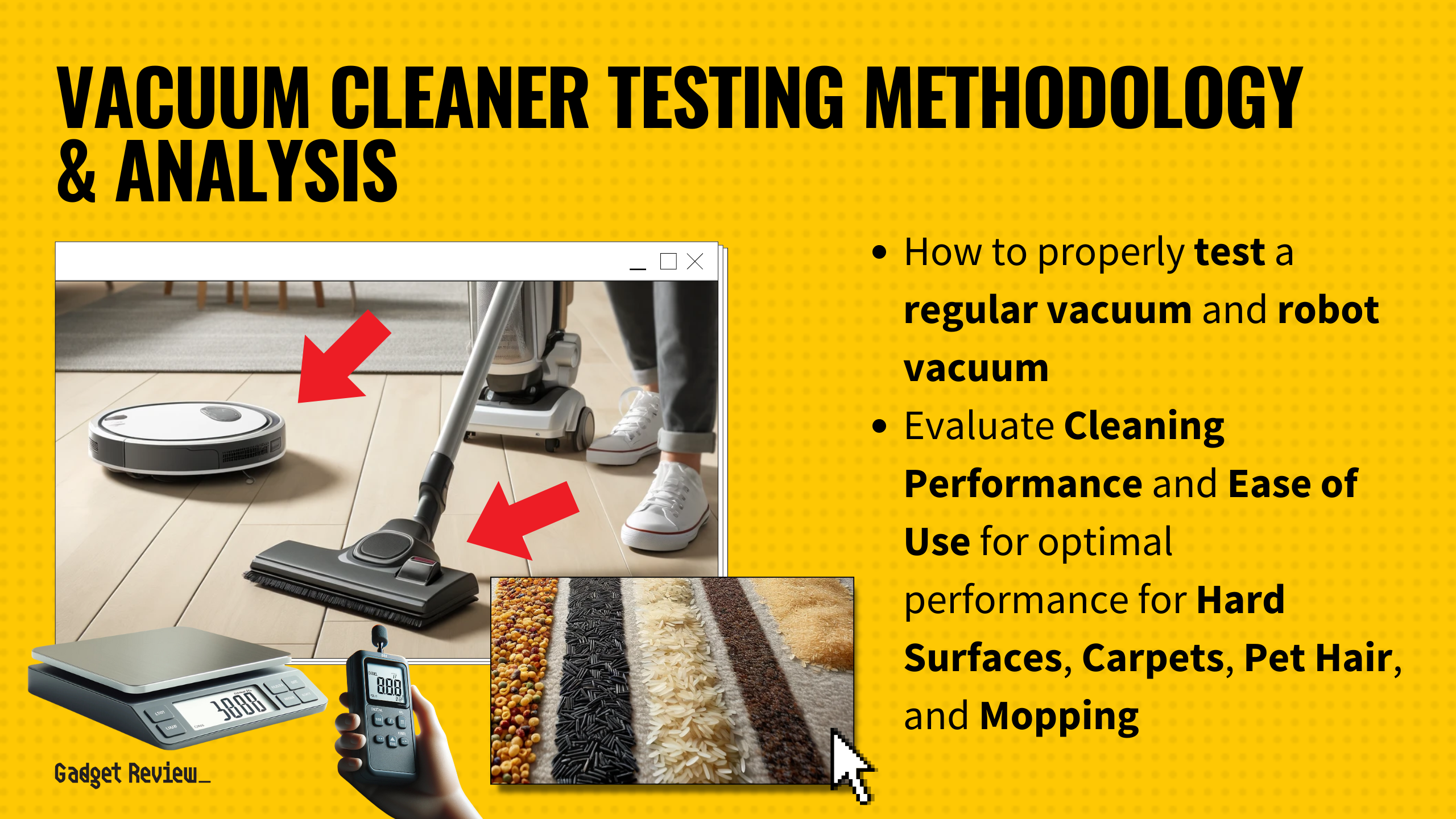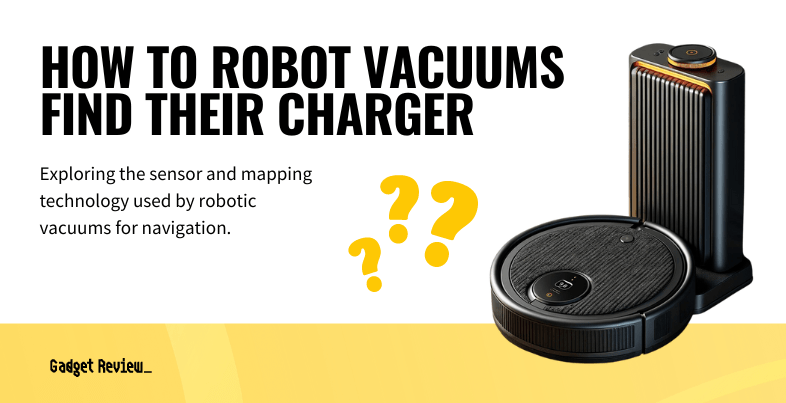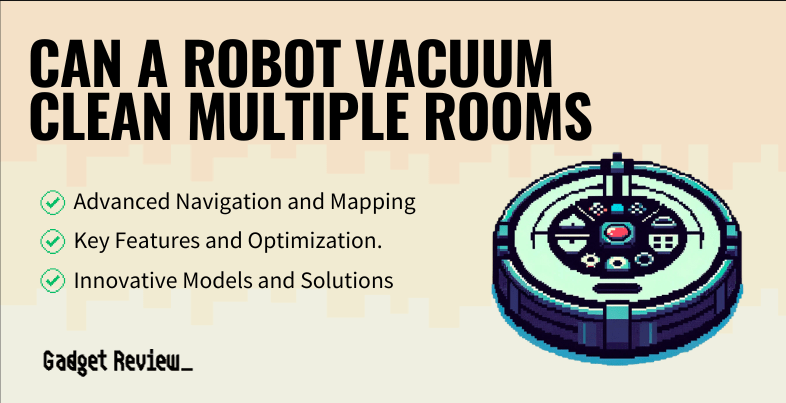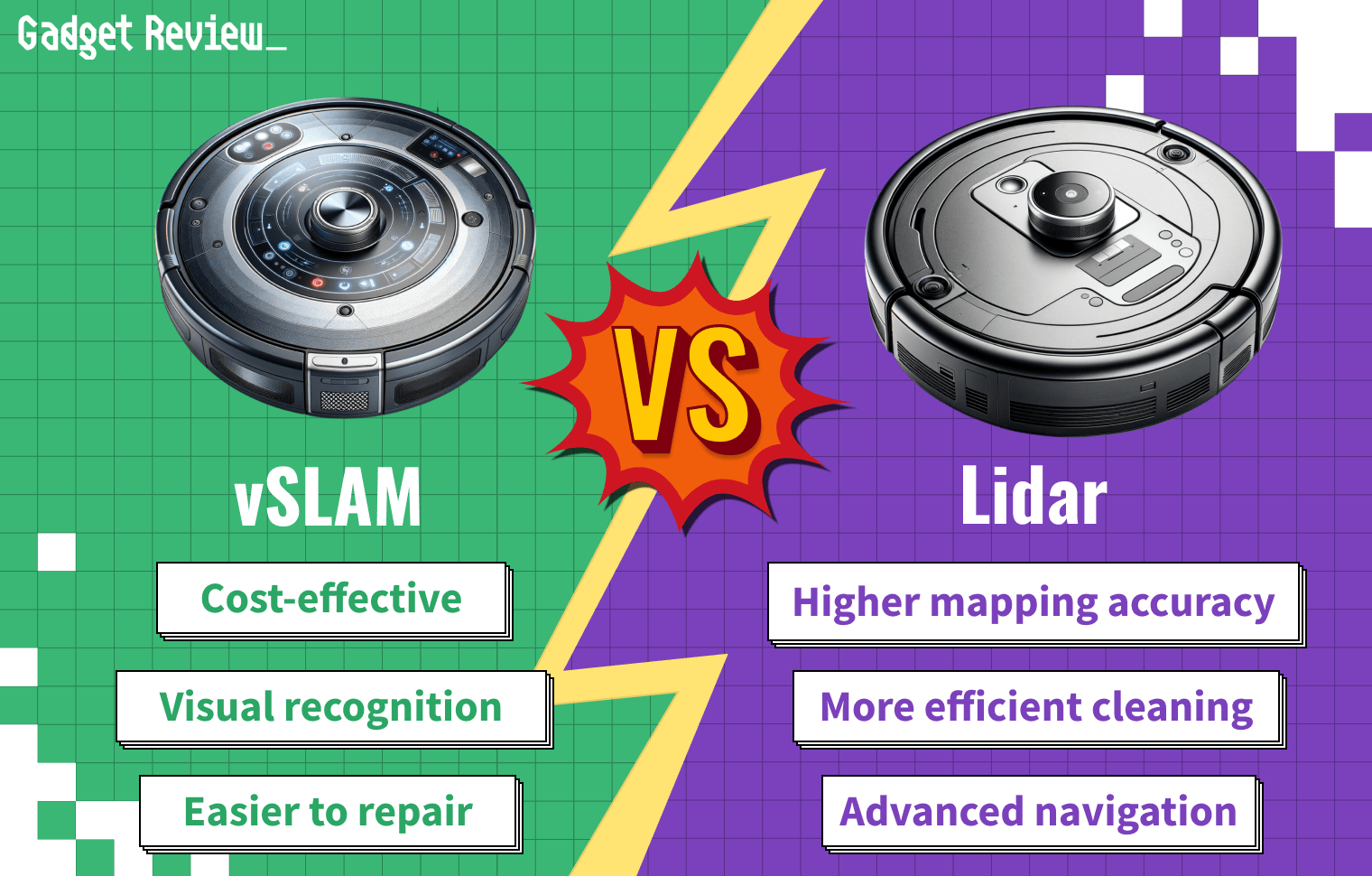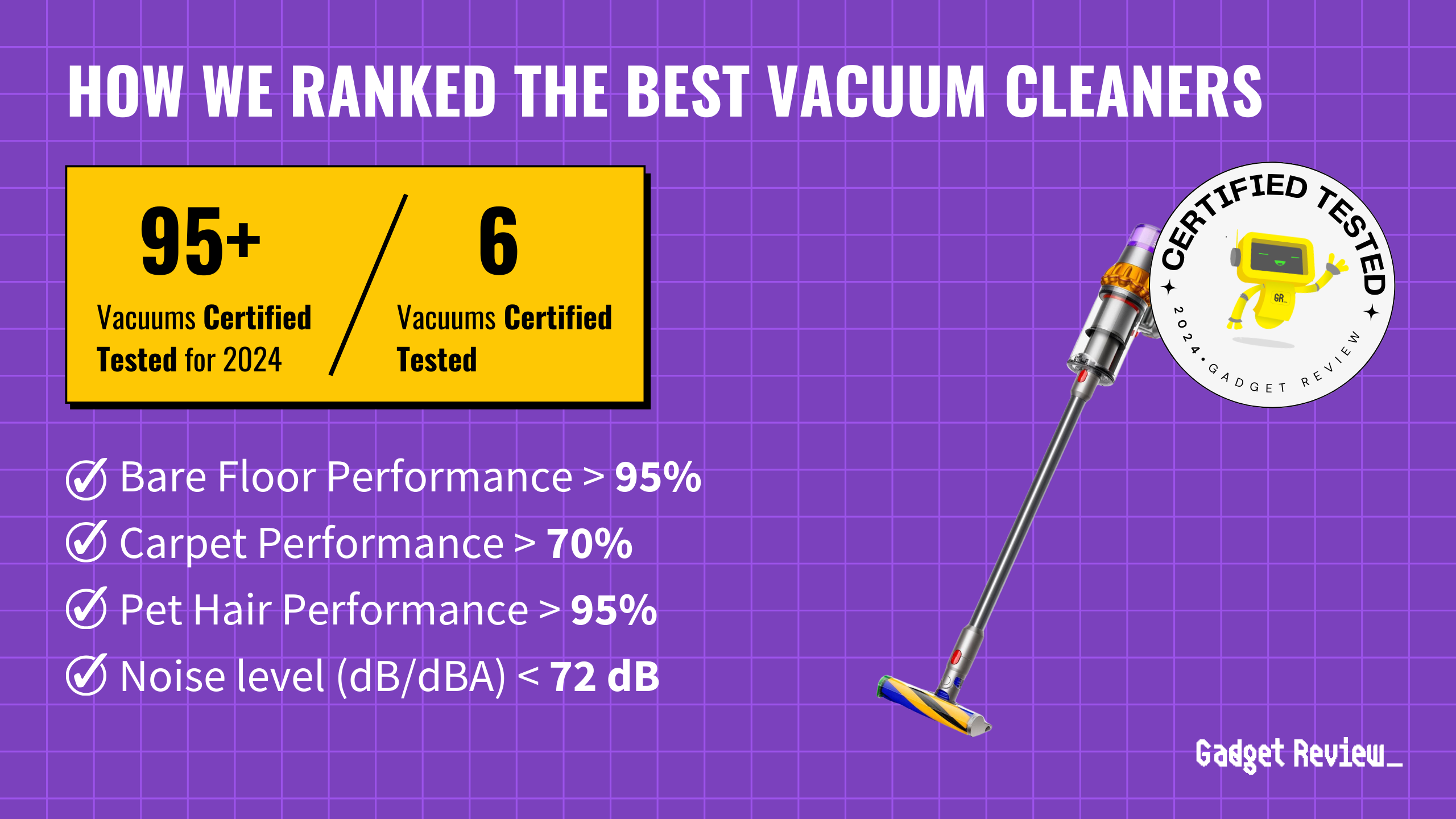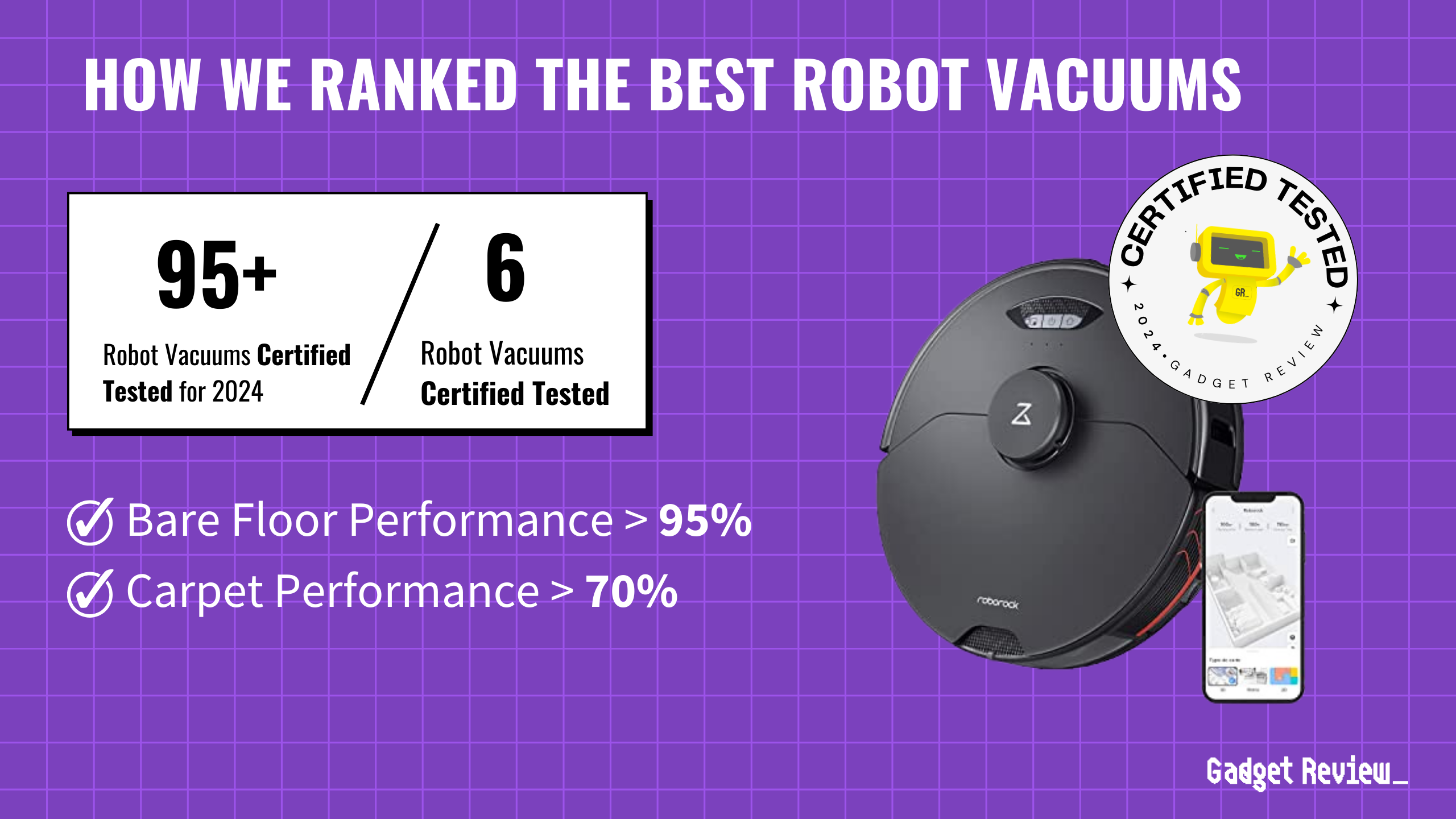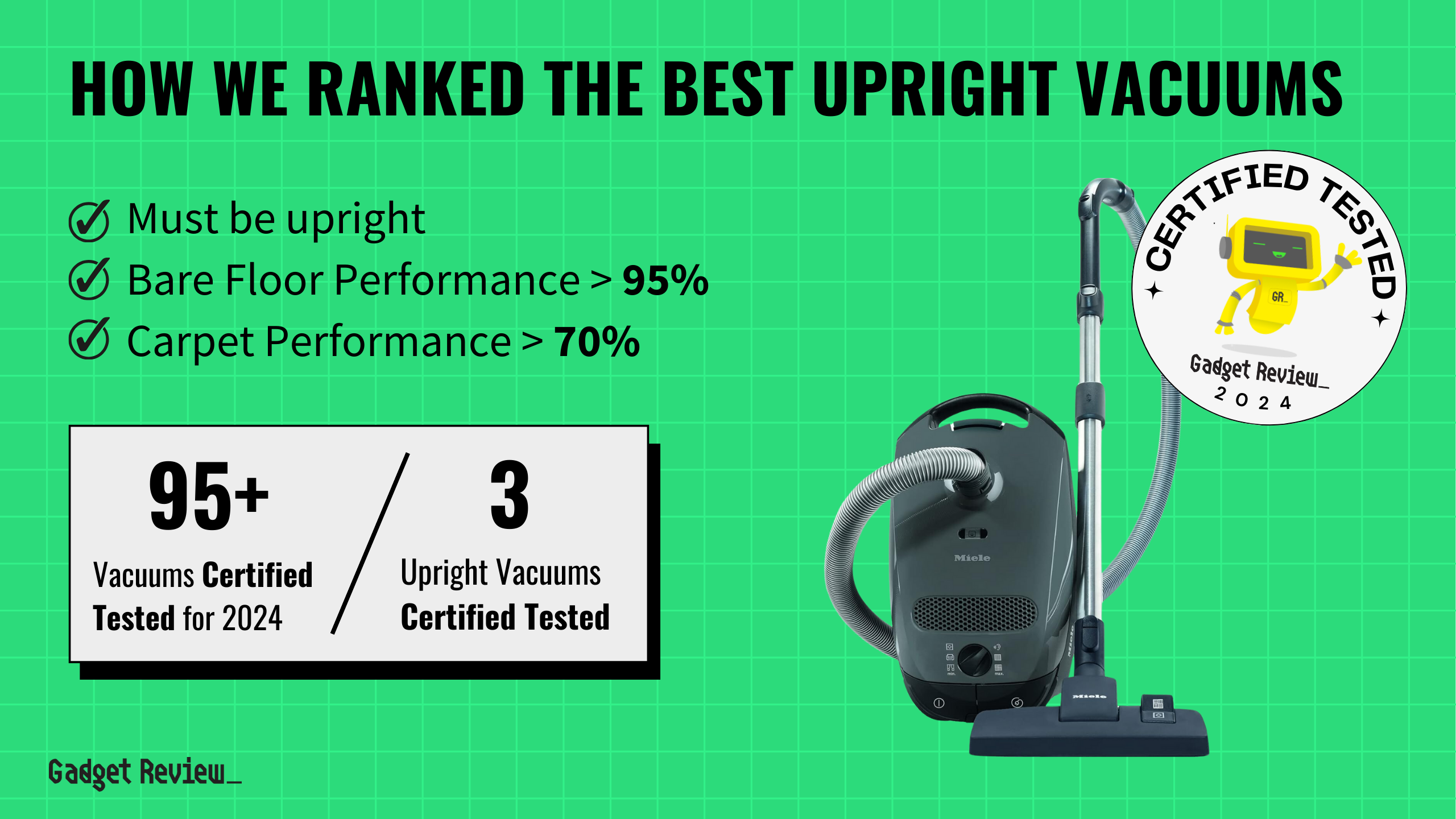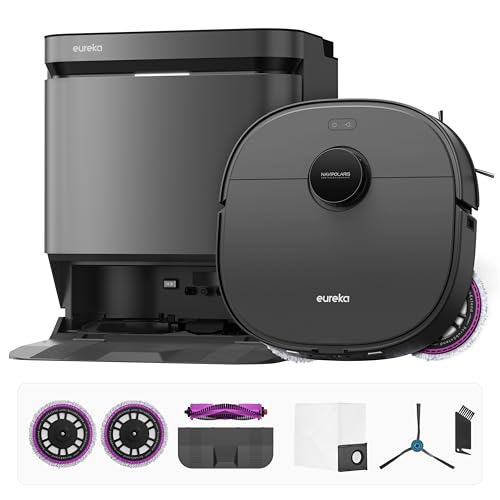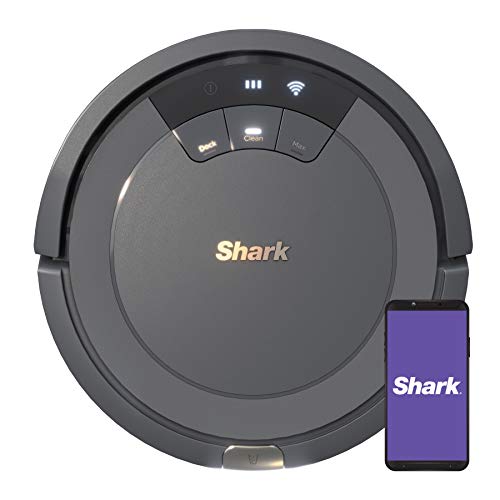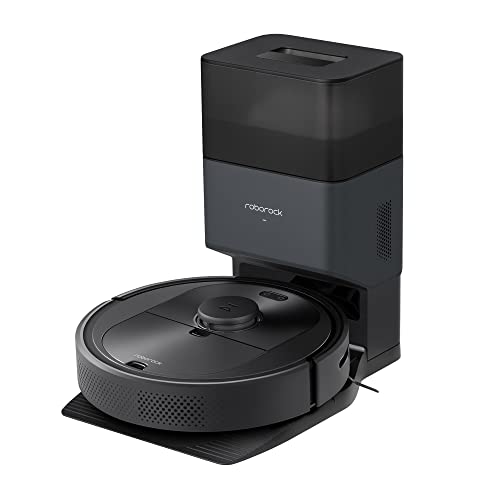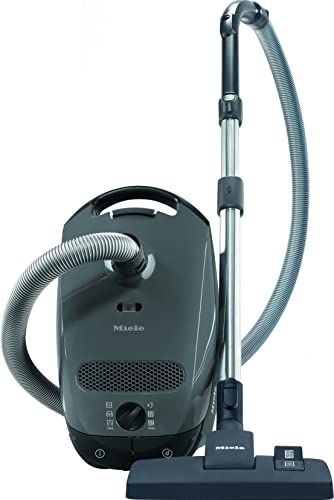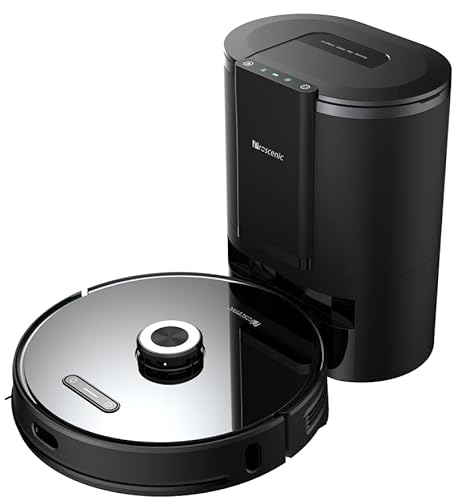Robot vacuums have evolved from simple dust-busters to sophisticated home-cleaning companions.
These smart devices are equipped with advanced navigation and mapping technologies, making them an integral part of modern home maintenance. But how exactly does robot vacuum mapping work?
Let’s dive in.
Understanding Robot Vacuum Mapping
At its core, robot vacuum mapping is about creating a digital layout of your home.
This allows the vacuum to navigate efficiently, avoid obstacles, and ensure all floor areas are cleaned. Various technologies like LiDAR, cameras, and sensors work together to achieve this.
LiDAR sends out laser beams to measure distances and create a map, while cameras recognize landmarks for better orientation.
Gyroscopes and accelerometers help in tracking the vacuum’s direction, and distance traveled.
Vacuum Mapping Tutorial
For even more help with robot mapping and the technology, check out the video below.
Mapping Technologies: The Eyes and Ears of Robot Vacuums
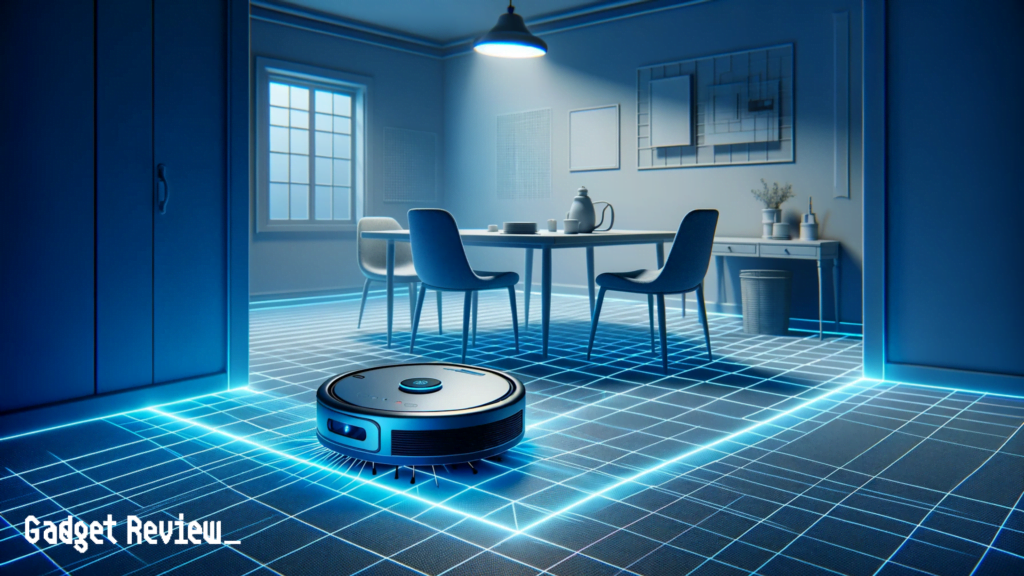
- LiDAR-Based Mapping: This technology uses lasers to scan the environment, creating a detailed map of the room. It’s precise and effective, even in low-light conditions.
- Camera-Based Mapping: Cameras help vacuums recognize specific landmarks, aiding in navigation. However, their effectiveness diminishes in darker settings.
- Gyroscope/Accelerometer Mapping: These sensors provide a cost-effective solution for direction and distance tracking, but they lack the precision of LiDAR or camera systems.
- Combined Technologies: Many modern vacuums integrate multiple technologies for more accurate and efficient mapping and navigation.
insider tip
The increasing demand for smart home appliances, the growing awareness of the benefits of robotic vacuum cleaners, and the rising disposable incomes of consumers are the major factors driving the growth of the market.
Sensor Technology: Navigating with Precision
Robot vacuums are equipped with multiple sensors to navigate around your home safely:
- Cliff Sensors: Prevent the vacuum from tumbling downstairs.
- Bump Sensors: Detect obstacles, prompting the vacuum to change directions.
- Wall Sensors: Ensure close proximity cleaning along walls without causing damage.
- Optical Encoders: Positioned on the wheels, they measure the distance the vacuum has covered.
STAT: The Asia Pacific region is the largest market for robotic vacuum cleaners, accounting for 44.3% of the global market share in 2021.
Navigation Intelligence: Smart Cleaning Behaviors
Inspired by insect behavior, robot vacuums follow simple yet effective rules:
- Straight Behavior: The vacuum moves straight until it encounters an obstacle.
- Bounce Behavior: Upon hitting an obstacle, the vacuum stops, turns, and continues in a new direction.
- Spiral Behavior: It cleans in expanding circles, ideal for spot cleaning.
- Wall-Following Behavior: The vacuum cleans along walls and around room perimeters.
These behaviors ensure comprehensive room coverage without the need for complex programming.
STAT: Robotic vacuum cleaners are becoming increasingly affordable, with prices starting as low as $100.
User Interaction: Enhancing the Cleaning Experience
Modern robot vacuums offer user-friendly interfaces, typically through smartphone apps.
Users can set restricted areas, monitor cleaning progress, and sometimes even control the vacuum’s path.
Case Study: Dreame F9 Vacuum
The Dreame F9 Vacuum exemplifies the integration of camera and gyroscope mapping.
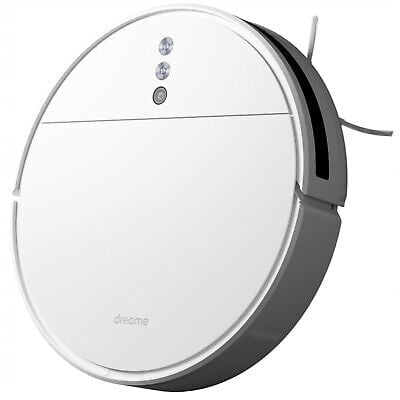
It features multiple technologies, including:
- Automatic room recognition
- Efficient path planning
- Obstacle avoidance
Technologies that showcase the advancements in today’s robot vacuums.
Home Vacuuming Has Been Revolutionized
Robot vacuum mapping has revolutionized the way we clean our homes.
These smart devices navigate and clean with impressive precision, thanks to advanced technologies and intelligent design.
As they continue to evolve, robot vacuums will become even more integral to our daily lives, offering convenience and efficiency in home cleaning like never before.


